
Countryside Stewardship, Sustainable Farming Incentive (SFI) and other Environmental Schemes
Each and every farm we are involved with is taking part in one form of environmental scheme or another. Over 500 acres across all the farms are dedicated to these schemes, some like cover crops are just for 5 months a year but other areas like the AB15 (Legume Fallow ley) are a two year project planning to return nutrition soil health as well as resting the land from a continuous cycle of arable farming.
Most scheme include the following:
- Nectar rich plots of wild flowers
- Wild Bird seed mixes to provide food for birds and small mammals over the winter
- Grass field margins & corners
- Wild flower field margins
- Water course buffer strips
- Hedgerow management
- Skylark or lapwing plots
- Protection of archaeological features
- Pond, tree and scrub management
- Low input Grassland
We are part of a cluster group of farmers covering 25,000 acres called Southern Streams. Subsidies in farming have been removed from the simple privilege of owning land and attached to a public benefit for supporting agriculture. These mainly focus on Soil, Water, Air, Biodiversity. Re-gen farming aims to improve all these elements but particularly SOILS.
We have taken on several projects to enhance the quality of water -
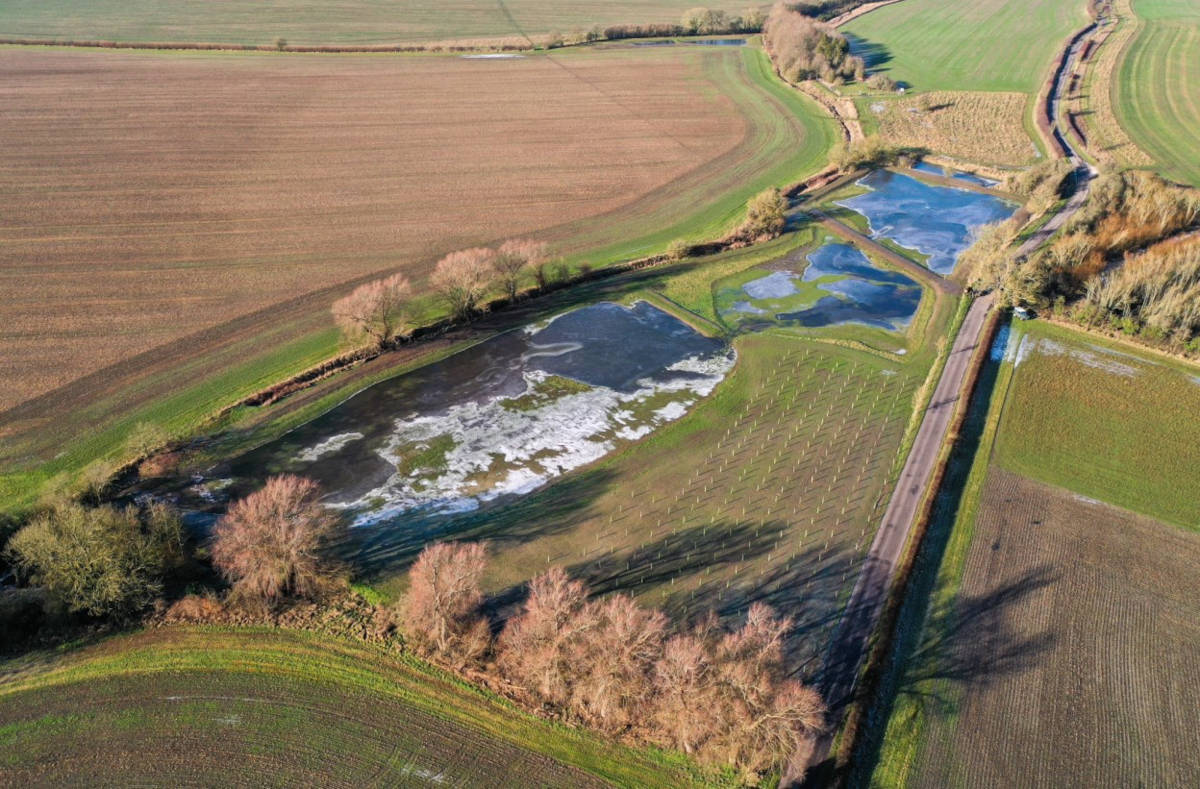
Wilton Wetland
Wilton Wetland – was the concept of Charlotte Hitchmough and Rupert Kelton at ARK (Action for the River Kennet) and me, David Lemon the farmer upon who’s land the wetland sits. For years I have been concerned that more than 5000 acres of land’s rain fall runs along a network of narrow ditches into the back of my farm, along one more ditch into the village pond, which in turn flows into Wilton Water (7 acre lake) and the source of the river Dunn.
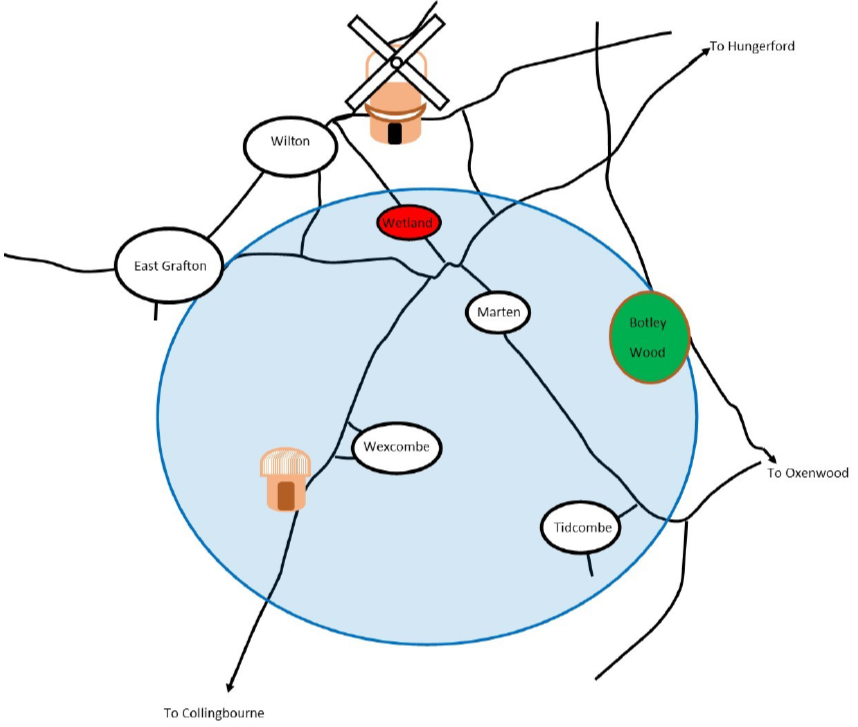
We have previously put three small sediment ponds in the system to slow down water, catch sediment and silt as well as help prevent flooding. This wetland brings all of those benefits, plus (we hope) a massive amount of biodiversity and should capture a lot of carbon as well.
The Site
We chose a small 5 acre field that is on a horrible seam of soil where the greensand meets the chalk and a narrow clay band crosses the farm. The field has not been farmed for years, and was put down to grass, with the very occasional hay crop removed over the years, and of low ecological significance. The field does have a footpath across it, so I was delighted with the suggestion that we raise the footpath and make it a feature of the wetland that people can walk across and enjoy for years to come.
The Project
ARK secured the backing from Amazon to fund the project and had the design created by RM Wetlands & Environment Ltd.
Once ARK secured planning permission from Wiltshire Council for a change of use we were set to start work, but there’s always a snag. Because the land lies next to the old Winchester to Cirencester Roman Road, County officers wanted an Archaeologist on site to inspect nearly every scoopful of soil that was pulled up by the diggers. This of course would slow work down and massively increase the cost but the man from Wessex Archaeology came and was as helpful as he could be.
After about 2 weeks they were satisfied that there was nothing of historical interest here and wetland began to take shape. Charley Brench of Countryside Contractors & Garden Ltd and his team with their laser level diggers and technology were brilliant and able to build the design, with all its humps, bumps and hollows in exactly the right places. Because Charlie’s team is top notch, they could tell when they were going through a seem of clay back into greensand and in effect puncturing one of the water chambers, and were able to avoid it. Some of the chambers were designed to drain in the greensand but leave pockets of clay to hold onto the water, whilst other chambers were more clay heavy and should hold water for longer.
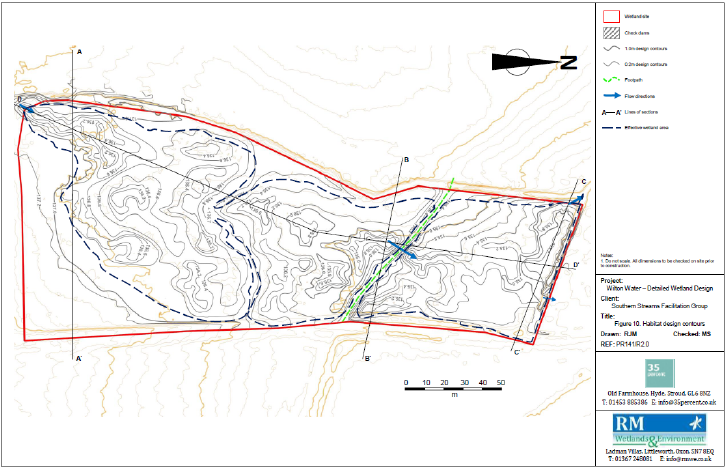

The wetland is not designed to be wet all year round but to have wet patches and areas that dry out so you end up with a mix of vegetation, flora and fauna that will attract all different kinds of birds.
Rupert Kelton and his amazing team of volunteers planted a traditional English mixed woodland of about 350 trees in the bottom left corner and in the spring we aim to plant all the wetland mixed species as the final piece. In the early spring they returned to plant 4000 plugs of water based grasses and plants and the following autumn they returned to plant a further 8000.
To help further with the filtration of water beyond the wet land we have put 3 more sediment ponds in situ.
Below is a link to the method we use to create the ponds and how they work.
Southern Streams - Wilton Wetland ArticleSparkling Streams Video
We hope that our new re-gen practices will improve air quality by capturing carbon and putting in the ground in the form of organic matter.

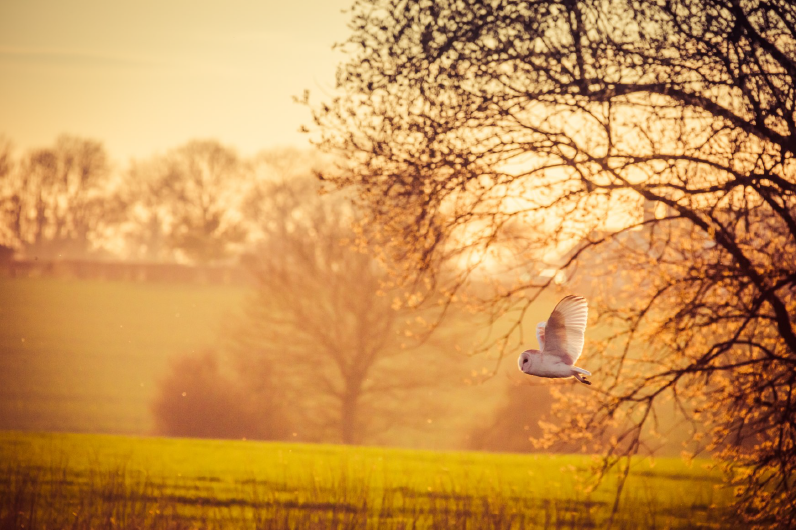
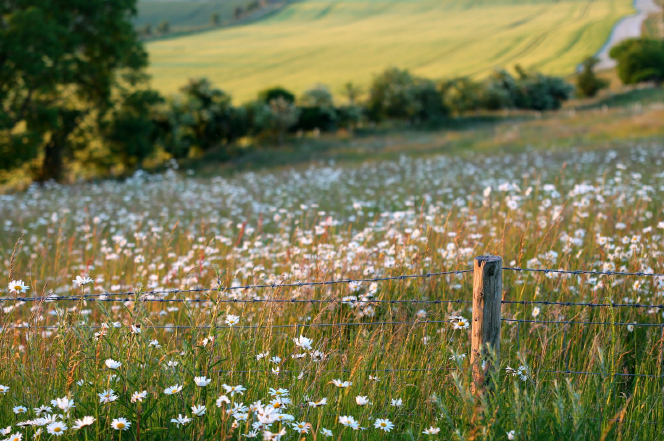
We hope that our massive area of Countryside Stewardship is making space for wildlife to thrive.